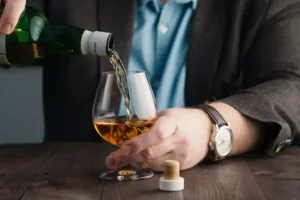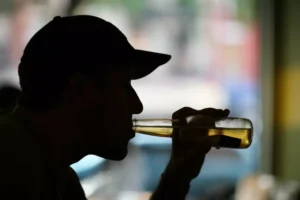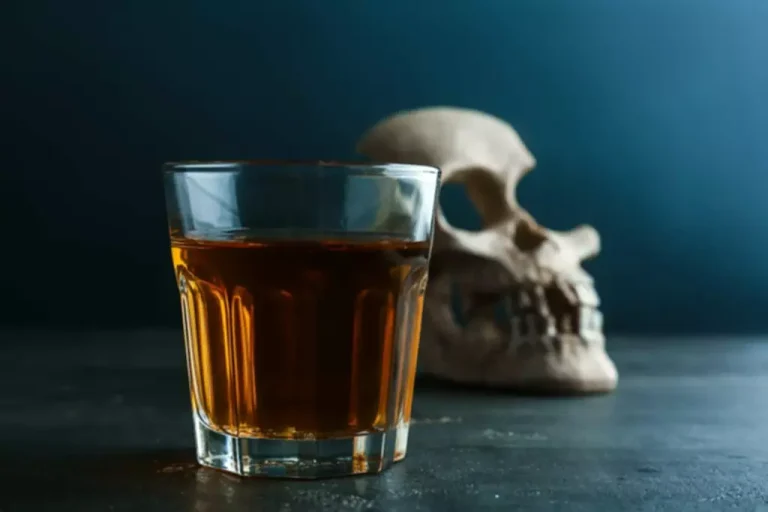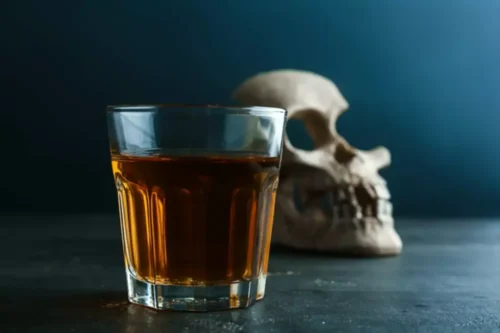
A huge risk factor for people who develop alcohol use disorder is early-onset drinking. So, if you drink before the age of 14, there’s about a 50% chance you’re going to develop an alcohol use disorder in your adulthood,” explains Dr. Anand. Schematic representation of the major dopaminergic systems (viewed from the top of the head). The nigrostriatal system originates in the A9 cell group and extends to the dorsal striatum, which includes the caudate nucleus and putamen (CPU). The mesolimbic system originates primarily in the A10 cell group and extends to the ventral striatum, which includes the nucleus accumbens (NAc) and the olfactory tubercle (OT). The mesocortical system also originates primarily in the A10 cell group and affects various regions of the cerebral cortex.
Dopamine’s Role in Behavior
Bath application of BaCl2 induced a greater increase in evoked dopamine release in drinkers compared to controls, suggesting augmented basal GPCR-mediated inhibitory regulation of dopamine terminals in the NAc core (Fig. 5C). In parallel, we sought to assess if functional alterations in accumbal dopamine terminals were present in these subjects. Voltammetric detection of extracellular dopamine concentration was used to monitor evoked release and reuptake kinetics in real-time in ex alcohol and dopamine vivo brain slices44. We first assessed the excitability of dopamine terminals by comparing release magnitude across a range of stimulation intensities ( µA, single pulse, 4 ms, monophasic stimulations) (Fig. 3A). Further, chronic drinking and abstinence resulted in decreased dynamic range of dopamine release, as measured by the differential between the upper and lower plateaus of the input-output curve (Fig. 3B–D).
Dopamine withdrawals are complicated too
- A study released on August 2, 2013 found that those who are energized by alcohol have a hyperactive dopamine response to alcohol and are genetically predisposed to drink more heavily.
- “This large response might energize reward-seeking behaviors and counteract the sedative effects of alcohol. Conversely, people who experience minimal dopamine release when they drink might find the sedative effects of alcohol especially pronounced.”
- Repeated bouts of intoxications will overtime downregulate the dopamine activity in the mesocorticolimbic pathway, leading to an increased risk of developing alcohol dependence and other impulse control disorders.
- In the fifth edition of the diagnostic and statistical manual of mental disorders (DSM), the term alcohol use disorder was introduced and grossly defined as problem drinking that has become severe.
- Collectively, these data indicate that dopamine plays a central role in reward, motivation and planning.
- To maximize the feel-good effects of your dopamine drink, it helps to know which foods boost dopamine.
- It can enhance the sensitivity of certain dopamine receptors, particularly the D2 receptors, which can amplify the effects of the increased dopamine release.
Similarly, another study conducted by66 found no association between the genes encoding GABRA1 and GABRA6 with alcoholism. It has been posited by5 that the negative-affective state induced by alcohol withdrawal and especially the increase in anxiety6 is a major driving force in the propensity for relapse to alcohol-seeking behavior. The mechanisms involved behind alcohol sensitization, tolerance, withdrawal and dependence are discussed in the following sections.
From fast food to pornography to AI, we’re drowning in dopamine.
Preclinical as well as clinical studies have shown that substances indirectly targeting the mesolimbic dopamine marijuana addiction system may be potential targets for attenuation of alcohol reward. Emerging data suggests that the activity of dopamine neurons in the VTA projecting to the NAc is regulated by several afferents, such as, for example the cholinergic neurons projecting from the laterodorsal tegmental nucleus (LDTg) (for review see 204). Although alcohol’s direct interaction with this cholinergic‐dopaminergic reward link remains to be fully elucidated, a study show that voluntary alcohol intake in high‐alcohol‐consuming rats causes a concomitant release of ventral tegmental acetylcholine and accumbal dopamine 39. These nAChR antagonists are limited in a clinical setting due to low blood–brain barrier permeability and an unfavourable side effect profile.

- Still, I can confirm that finding time to sip my dopamine drink did brighten up my day.
- Alcohol’s effects on the brain go beyond short-term relaxation; it actively alters brain chemistry, especially by interacting with dopamine, a neurotransmitter linked to reward and pleasure.
- Alcohol interacts with several neurotransmitter systems in the brain’s reward and stress circuits.
- The primary neurotransmitter regulating the rewarding sensation was determined to be dopamine 11.
- For all acquisition and analysis of FSCV data, Demon voltammetry and analysis software was used87.
- To explore this possibility, data were transformed to a within-group rank order for each dependent variable.
If they suddenly reduce their dose or stop taking their meds, they may experience symptoms similar to drug withdrawal such as agitation, excessive sweating, nausea, and pain. Dombeck says that’s because it was the subject of early research in the 1980s that found our brains release the molecule when we receive food or another reward. Together, medication and behavioral health treatments can facilitate functional brain recovery. Here, we outline a framework for understanding alcohol-induced changes in the brain, which can help you appreciate the challenges faced by many patients with AUD when they try to cut back or quit drinking.

Neuroscience: The Brain in Addiction and Recovery
Dopamine, often known as the “feel-good” chemical, is a neurotransmitter https://ecosoberhouse.com/ essential to the brain’s reward system. This system rewards beneficial behaviors, such as eating or socializing, by releasing dopamine, which produces feelings of pleasure and satisfaction. An April 2013 study found a drug called Nalmefene to be a potential new treatment option for alcohol abuse. Researchers in Germany found Nalmefene to be an effective and safe tool for reducing alcohol consumption in alcohol-dependent individuals.

